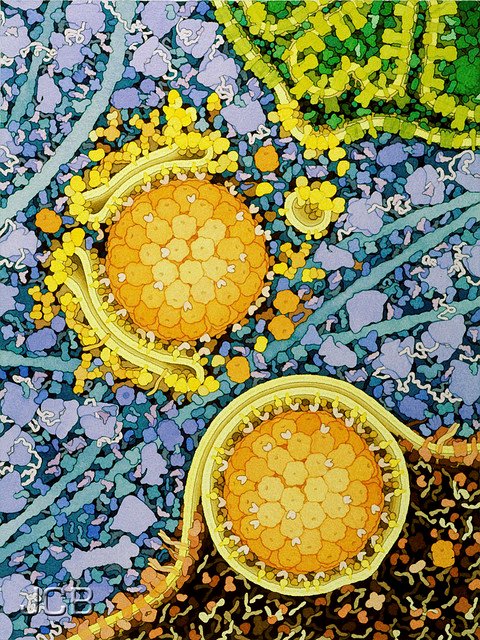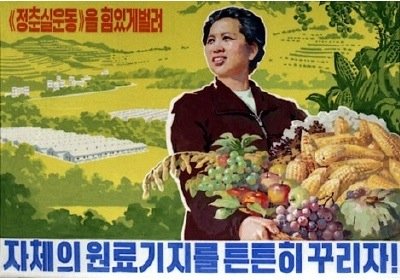This book is a paean to the power of checklists and specifically a call for their use in medicine — Gawande is a surgeon. I bought it after reading a couple of fascinating articles he wrote for the New Yorker, and to be honest if you’ve read those articles (and watched his TED talk) you have a pretty good idea of what’s in the book.
But I still found it absolutely fascinating reading it again. It’s that thing Malcolm Gladwell is so good at: an idea simple enough that it can be explained in a paragraph but with far-reaching implications. The difference is that while Gladwell’s ideas give people a lot of pleasure they don’t actually seem very useful, whereas this idea has specific, practical [cheap!] applications which can be tested. It really could change the way medicine is practiced.
At its simplest, the idea is that when performing a complicated task like surgery, it is not enough to know what the best practices are, because people are fallible. And so a simple checklist to make sure that the basics are done properly can significantly reduce the rate of complications like infection. And it really is the basics: making sure that everyone knows what they’re doing, that they have the right patient, that pre-operative antibiotics have been given at the right time, that everyone is sterile, that they have an ample supply of blood on hand and so on.

Apparently the idea is most well-developed in aviation; ever since planes became complicated enough that missing a pre-flight check might mean a fiery death, pilots have formalised the process. And not just pre-flight checks, or the obvious things like take off and landing procedure. Apparently pilots have whole collections of checklists for use in specific situations like particular warning lights coming on.
As yet, in medicine they have apparently only tested a simple checklist for surgery, which did successfully improve outcomes, and they have come up against resistance because, I guess, doctors feel it undermines their expertise and knowledge. This book makes a convincing case that medicine would be better if it was a lot more like aviation. Being methodical and disciplined may not be the most glamorous or heroic sounding qualities, but they can be life savers.
It’s hard to do the book justice — checklists just don’t sound very interesting — but I found it completely gripping as well as persuasive.
» 757/767 Mechanical Checklist – Landing is © Kent Wien and used under a CC by-nc licence.


